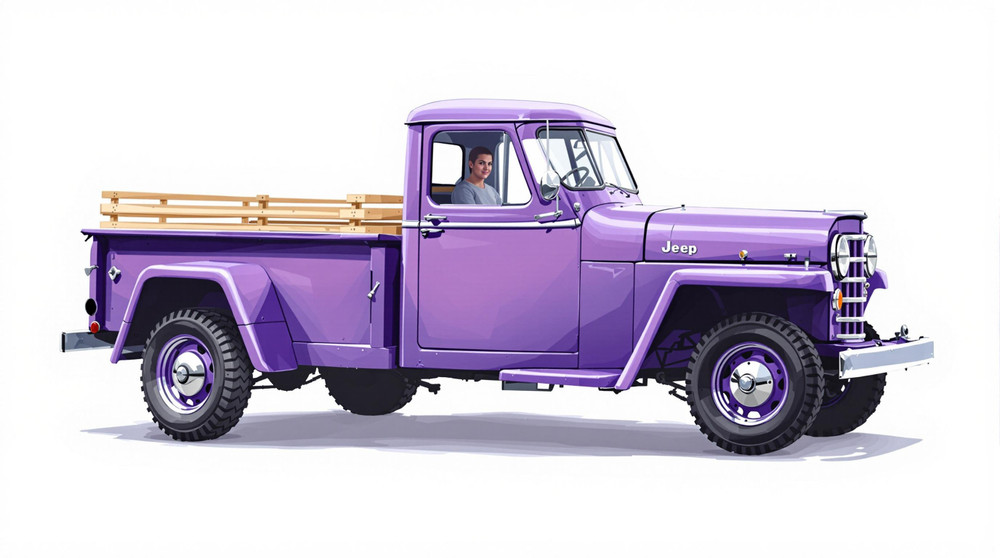Image of 1950 Jeep Willys, Note: These illustrations use artistic license and may differ from actual historical models.
Performance Metrics
Fundamental Metrics
Emotional Appeal
MMP Rating
| Engine Specifications | |
|---|---|
| Engine Options: | L-134 "Go Devil" I4 |
| Displacement Range: | 134.2 cu in (2.2 L) |
| Horsepower Range: | 60 hp at 4000 rpm |
| Torque: | 105 lb-ft at 2000 rpm |
| Compression Ratio: | 6.48:1 |
| Ignition System: | 6-volt electrical system |
| Cooling System: | Liquid-cooled |
| Performance Specifications | |
| 0-60 Time: | Not available due to the vehicle's age and purpose |
| 1/4 Mile Time: | Not available due to the vehicle's age and purpose |
| Top Speed: | 65 mph |
| Transmission and Drive | |
| Drive Type: | 4WD |
| Transmission Type: | 3-speed manual with 2-speed transfer case |
| Fuel and Efficiency | |
| Fuel System Type: | Carter one-barrel carburetor |
| MPG: | 17-20 mpg |
| Dimensions and Brakes | |
| Brakes: | Hydraulic drum brakes |
| Wheelbase: | 80 inches |
| Weight: | 2,337 lbs |
Note: Specifications for classic cars are given to the best of our ability, considering the limited and variant data available.
The Unyielding Legacy of the 1950 Jeep Willys
The 1950 Jeep Willys is not just a vehicle; it's a rolling testament to rugged innovation and American ingenuity. Born out of the necessity of war and adapted for peacetime prosperity, the Jeep Willys has cemented its place in automotive history. The original manufacturer, Willys-Overland Motors, played a pivotal role in the development of the Jeep during World War II, and the 1950 model carried that legacy forward into civilian life. A unique fact that entices enthusiasts is that the Willys Jeep was the first mass-produced 4x4 vehicle, setting a standard for off-road capability that persists to this day.
Design and Innovation
The exterior of the 1950 Jeep Willys is instantly recognizable with its flat fenders, vertical slat grille, and round headlights that seem to gaze ahead with purpose. The utilitarian design speaks volumes about its no-nonsense approach to tackling any terrain. Inside, the Willys was sparse, with a focus on functionality over luxury. The materials used were durable and simple, designed to withstand the rigors of outdoor use. Technologically, it was ahead of its time with its four-wheel-drive system, which was a revelation in the era of predominantly rear-wheel-drive vehicles. Color options were typically limited to those befitting its utilitarian nature, with olive drab being a popular choice due to its military heritage. The most iconic body style was the CJ (Civilian Jeep) model, which became synonymous with adventure and freedom.
Historical Significance
The 1950 Jeep Willys didn't just influence automotive design; it revolutionized it. Its four-wheel-drive system and tough construction set new standards for off-road vehicles. It bridged the gap between military and civilian life, demonstrating that a vehicle could serve both purposes effectively. The Willys Jeep became an icon of American resilience and versatility, influencing countless off-road designs that followed.
Performance and Handling
In terms of performance, the 1950 Jeep Willys was more about torque than speed, designed to conquer rough landscapes rather than race down highways. Its top speed was modest by today's standards, but it was acceleration in challenging conditions that mattered most. The ride was bumpy, a reminder of its straightforward construction, but it handled off-road conditions with an aplomb that few vehicles could match. Driving a Willys was an experience filled with the raw sounds of its engine and the tactile feedback from the terrain below.
Ownership Experience
Owners of the 1950 Jeep Willys used their vehicles for a variety of purposes: as daily drivers, workhorses on farms, show cars for enthusiasts, and even for racing in specialized off-road events. Maintenance and reliability were strong points due to its simple and robust design, making repairs relatively straightforward for the average owner.
Fun Facts
The 1950 Jeep Willys holds a special place in history with rare editions like the "VJ" Willys Jeepster sought after by collectors. While not known for setting speed records, it set benchmarks for endurance and capability. It has appeared in countless films and historical footage, often symbolizing military prowess or rugged adventure. Criticisms typically revolved around its lack of comfort and amenities, which were deemed secondary to its primary function.
Collector's Information
Today, the value range for a well-preserved 1950 Jeep Willys can vary widely depending on condition and originality. Estimates suggest that tens of thousands were produced, but exact numbers are elusive due to records lost over time. The market trend for these vehicles is generally appreciative due to their historical significance and popularity among collectors. A well-restored example could fetch anywhere from $15,000 to $30,000 or more.
Conclusion
The 1950 Jeep Willys is more than just a classic vehicle; it's a symbol of durability and adaptability. Its design and innovation set it apart from contemporaries and carved out a niche that remains popular among enthusiasts today. Whether you're an avid collector or simply appreciate the historical significance of classic cars, the Jeep Willys stands as a proud reminder of where automotive technology can take us when necessity meets ingenuity.
1950 Jeep Willys Catalog of Parts
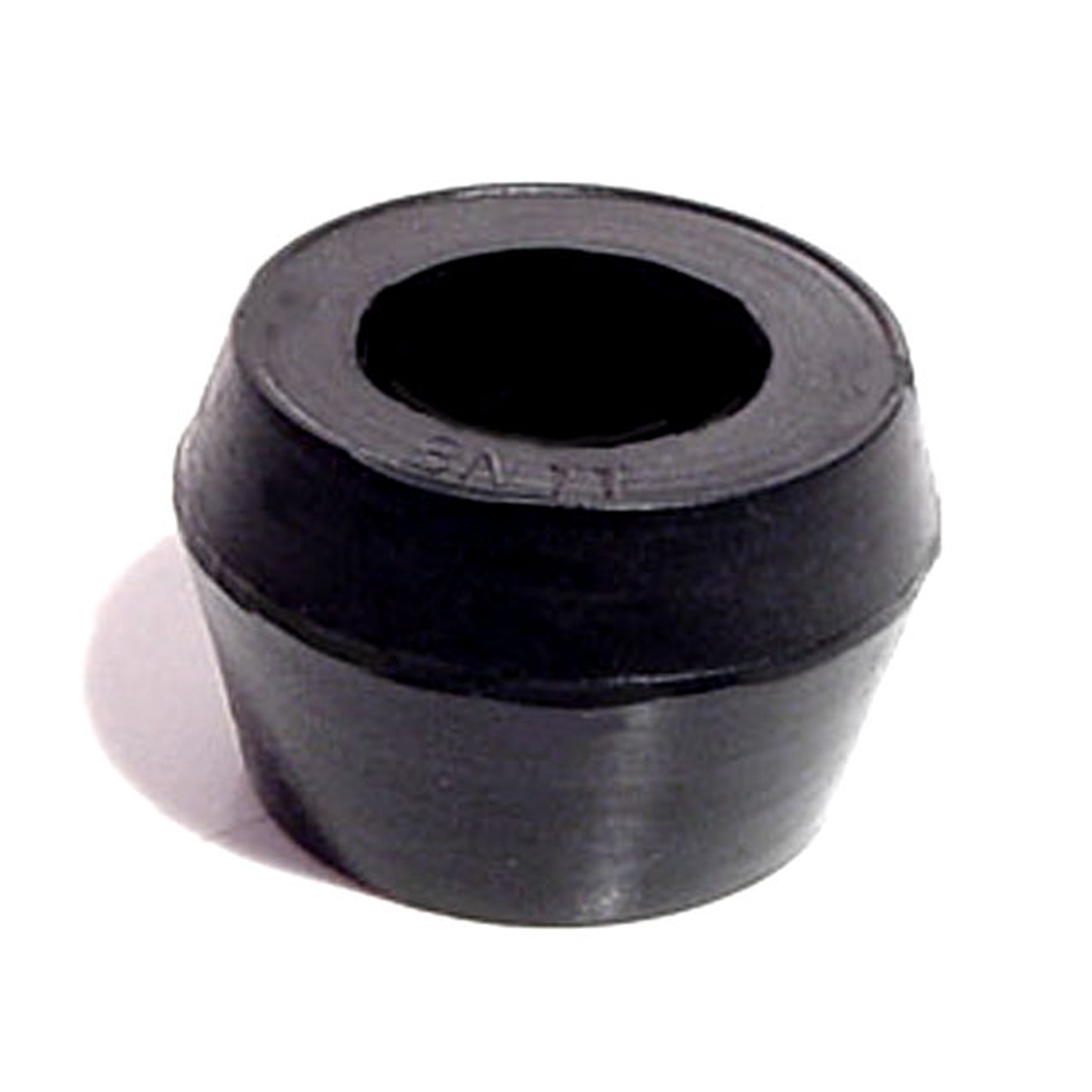 1950 Jeep Willys Shock Absorber Grommet. 1" bottom O.D-BN 11Shock Absorber Grommet. 1" bottom O.D., 3/4" high, with 5/8" I.D. Each
1950 Jeep Willys Shock Absorber Grommet. 1" bottom O.D-BN 11Shock Absorber Grommet. 1" bottom O.D., 3/4" high, with 5/8" I.D. Each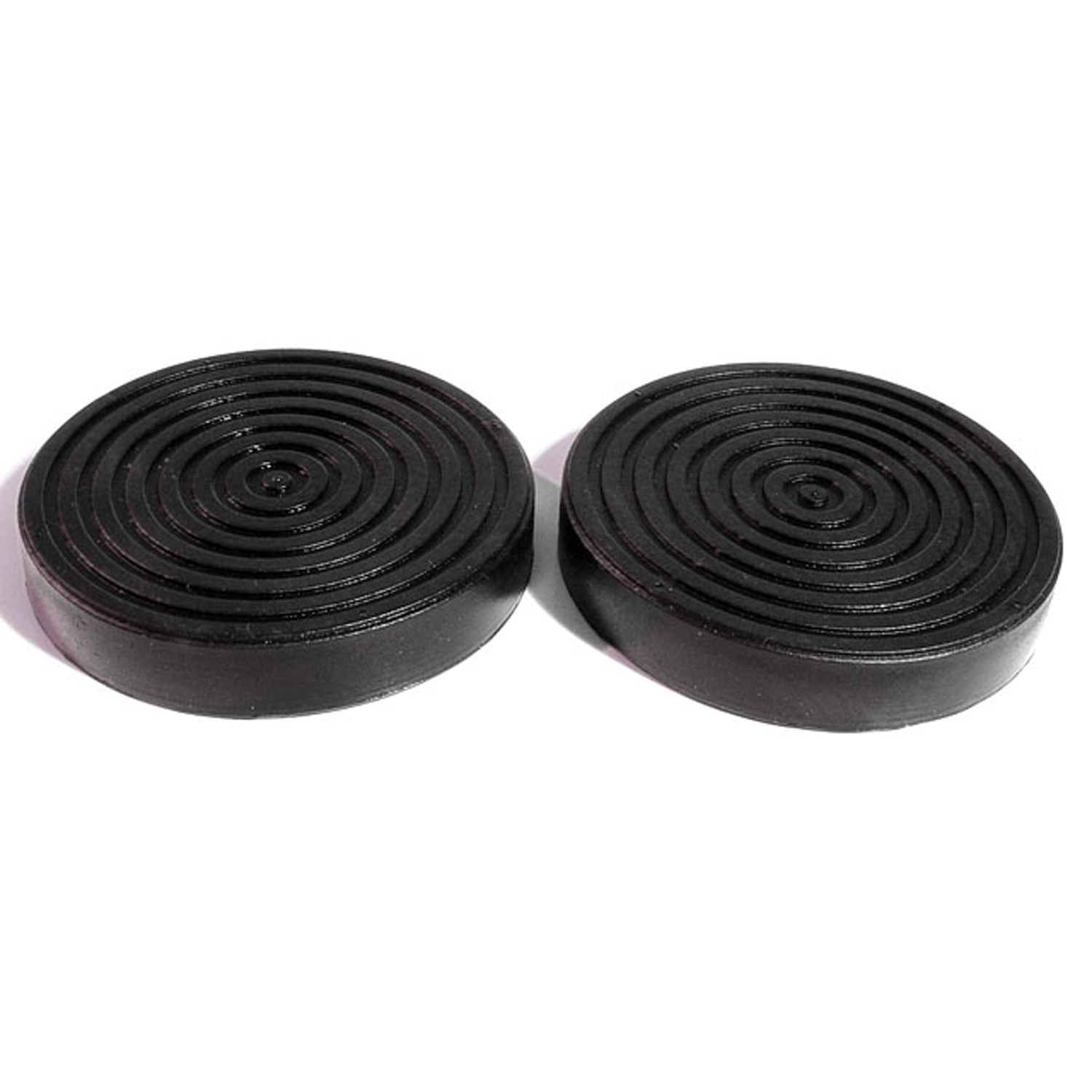 1950 Jeep Willys Clutch and Brake Pedal Pads. 3" Diameter. Pair-CB 61Clutch and Brake Pedal Pads. 3" Diameter. Pair
1950 Jeep Willys Clutch and Brake Pedal Pads. 3" Diameter. Pair-CB 61Clutch and Brake Pedal Pads. 3" Diameter. Pair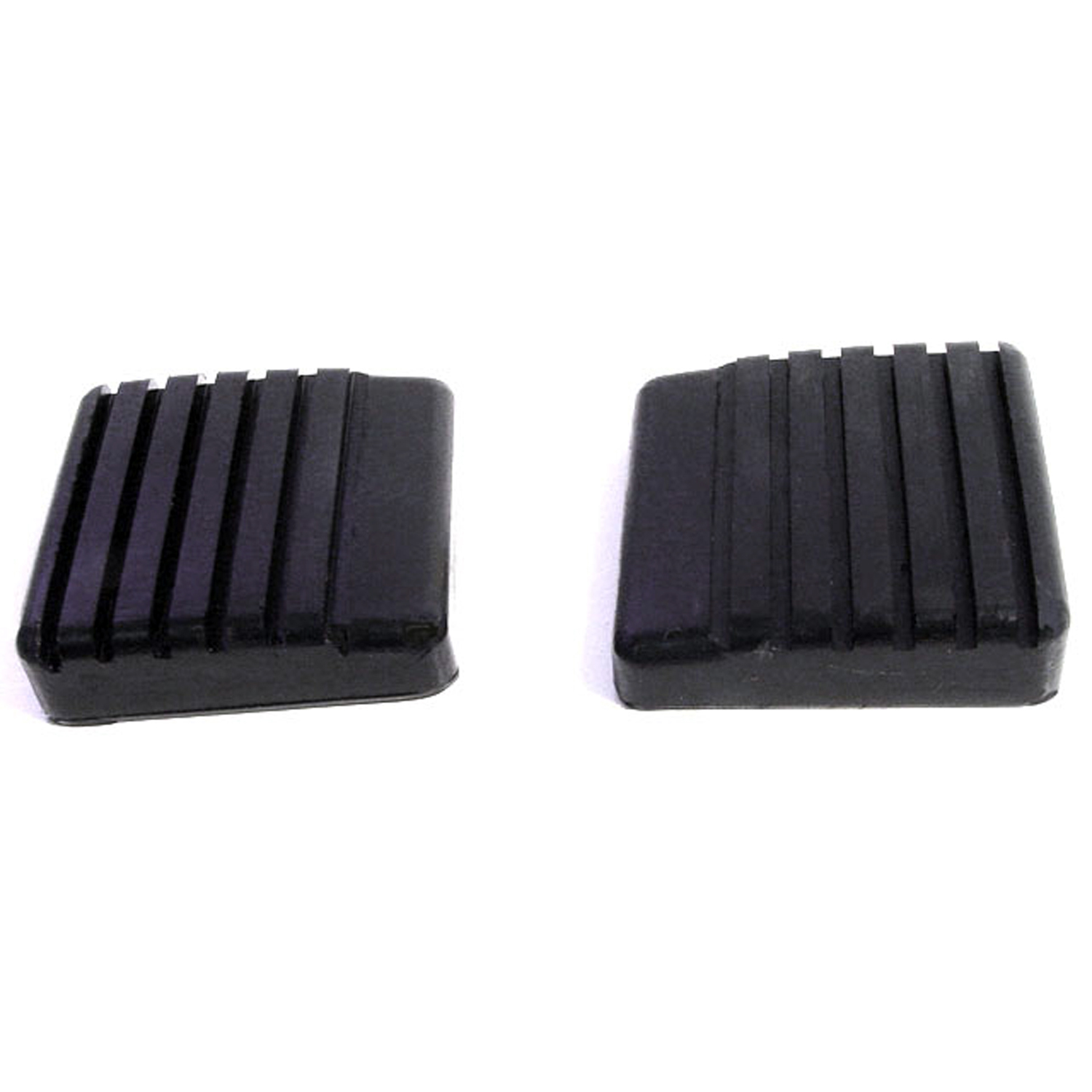 1950 Jeep Willys Clutch and Brake Pedal Pads. Pair-CB 61-BClutch and Brake Pedal Pads. Pair
1950 Jeep Willys Clutch and Brake Pedal Pads. Pair-CB 61-BClutch and Brake Pedal Pads. Pair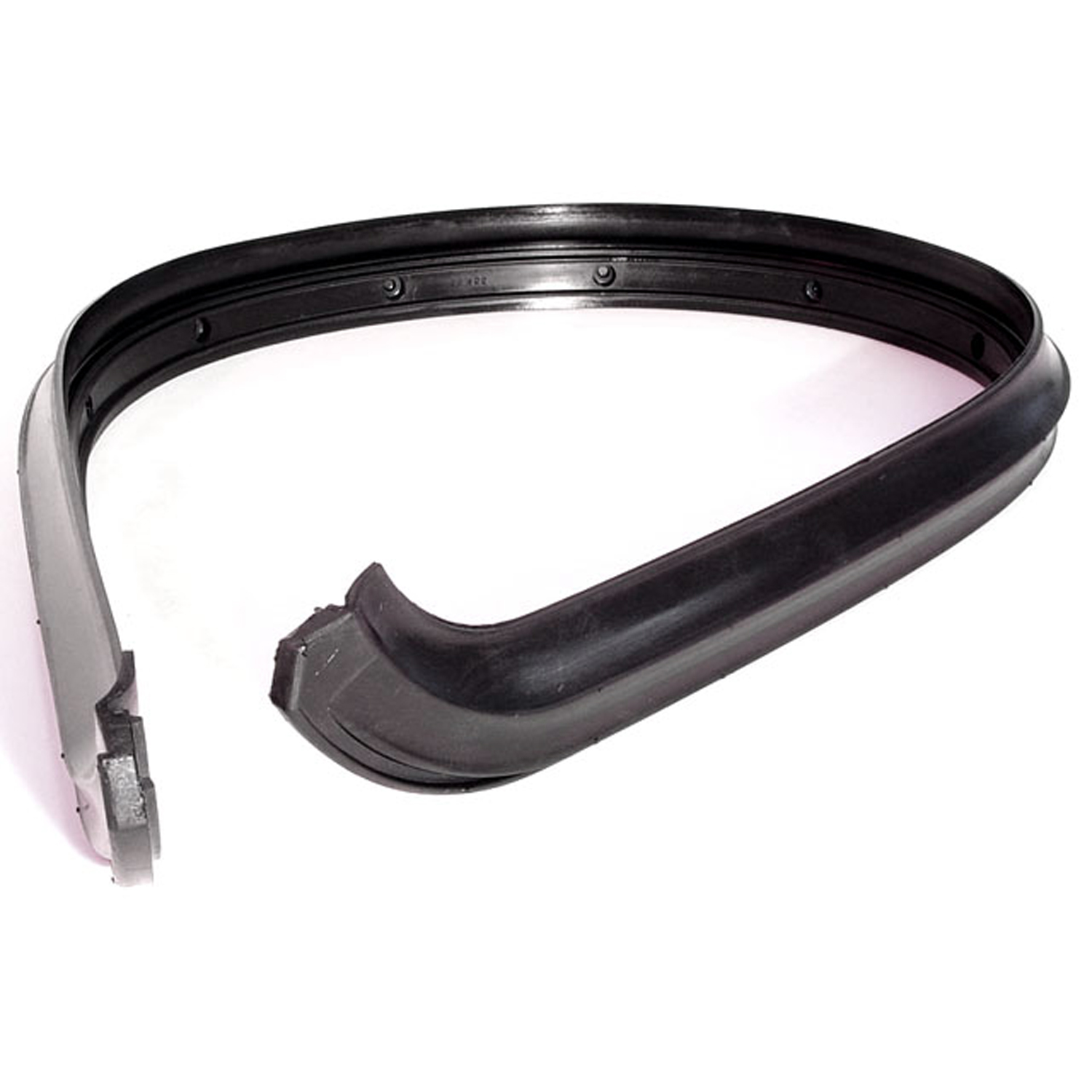 1950 Jeep Willys Windshield to Cowl Seal. 55-1/2" long. Each-CS 102Windshield to Cowl Seal. 55-1/2" long. Each
1950 Jeep Willys Windshield to Cowl Seal. 55-1/2" long. Each-CS 102Windshield to Cowl Seal. 55-1/2" long. Each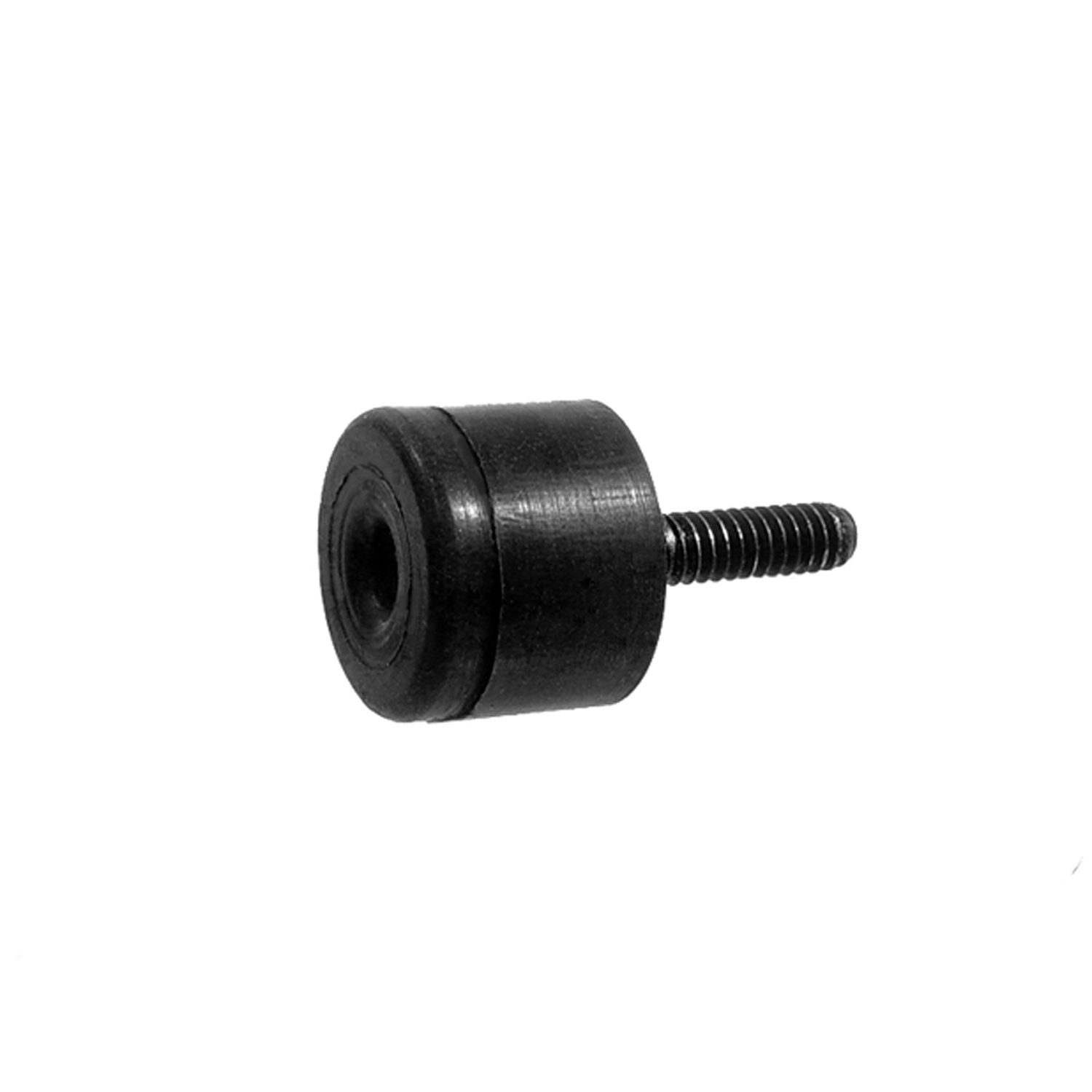 1950 Jeep Willys Accelerator Pedal Pad Link connecting Socket. 3/4" O.D-RP 43-AAccelerator Pedal Pad Link connecting Socket. 3/4" O.D., 1/4" I.D., 3/4" long screw. Each
1950 Jeep Willys Accelerator Pedal Pad Link connecting Socket. 3/4" O.D-RP 43-AAccelerator Pedal Pad Link connecting Socket. 3/4" O.D., 1/4" I.D., 3/4" long screw. EachWhy Choose Metro?
For over 100 years, Metro Moulded Parts has been the pinnacle of quality in classic car restoration parts. Our commitment to precision and authenticity in every component ensures a perfect fit and an OEM-level appearance.
- Expert Craftsmanship & Quality: Each part is a testament to our dedication to reliability and perfection, crafted from original designs and thoroughly tested.
- Advanced Technology: We use cutting-edge techniques to create flawless, long-lasting parts that surpass others in performance.
- SuperSoft Sponge – The Ultimate Door Seal: Not only are our door seals 30% softer than competitors', but they're also guaranteed to never leak. They effectively reduce wind and road noise, enhancing your classic car's comfort and driving experience.
- Proudly American: Our parts are a product of American craftsmanship, made in the USA with a spirit of excellence and heritage.
- Unrivaled Warranty: We back our products with a 30-year industry-leading warranty, a testament to our confidence in their quality.
Join us in preserving the legacy of classic cars with parts that are crafted for perfection, not just made.

